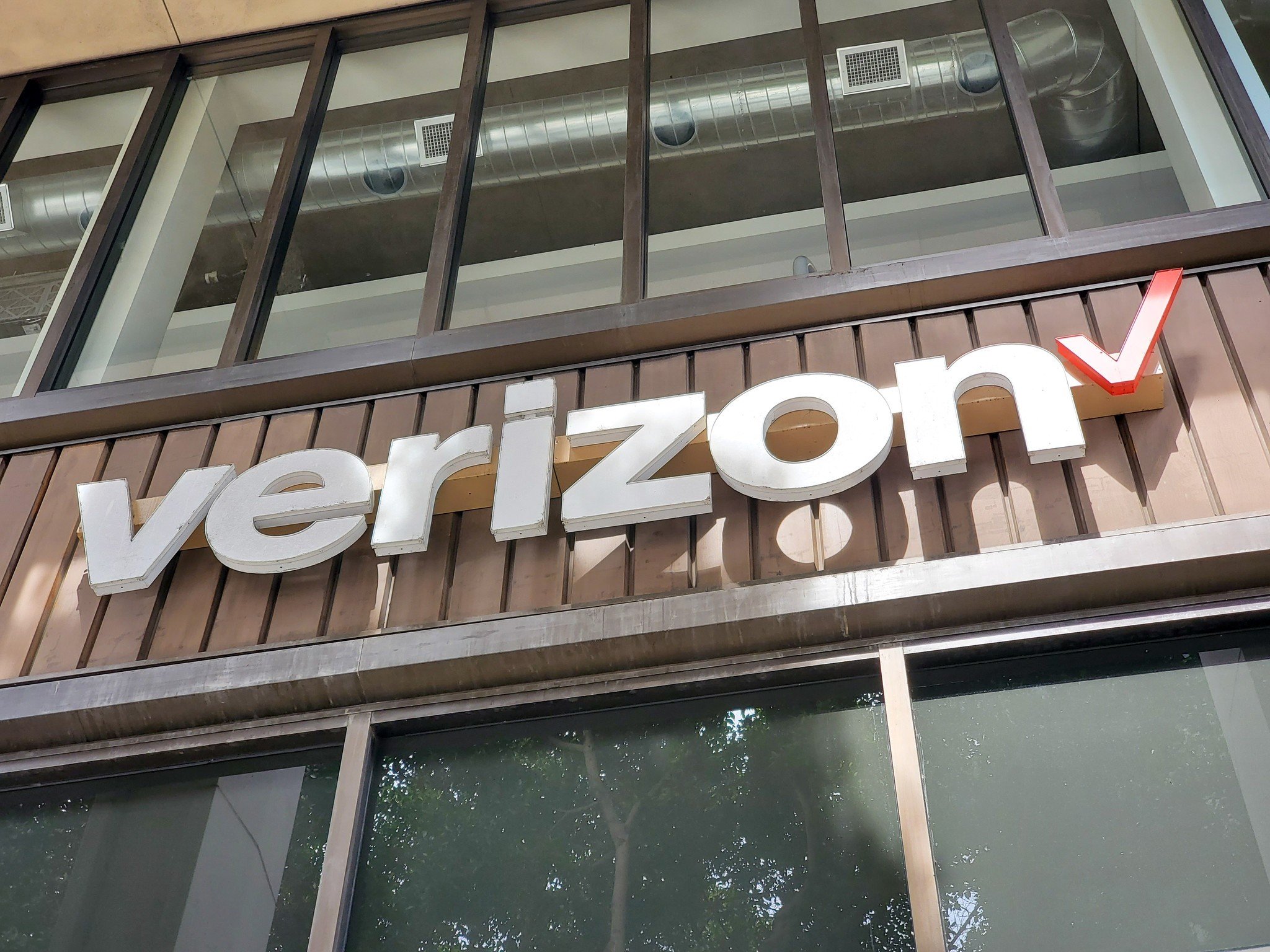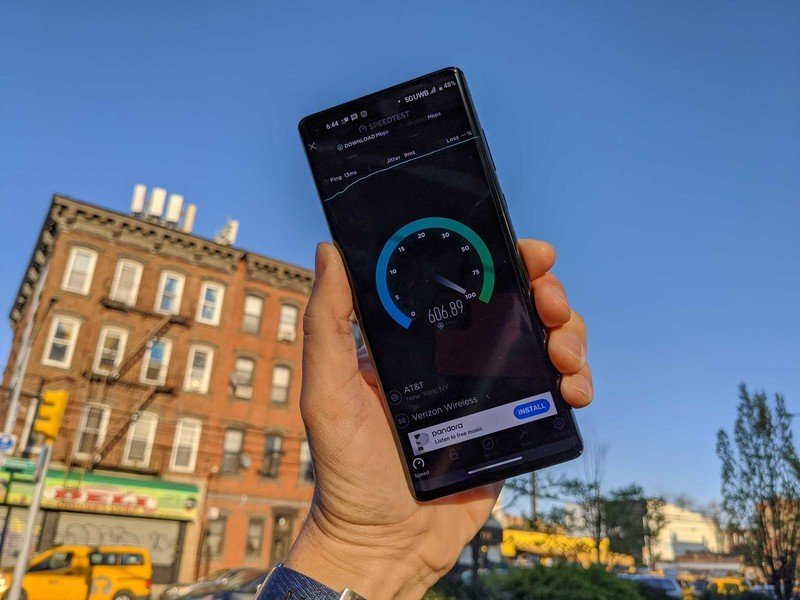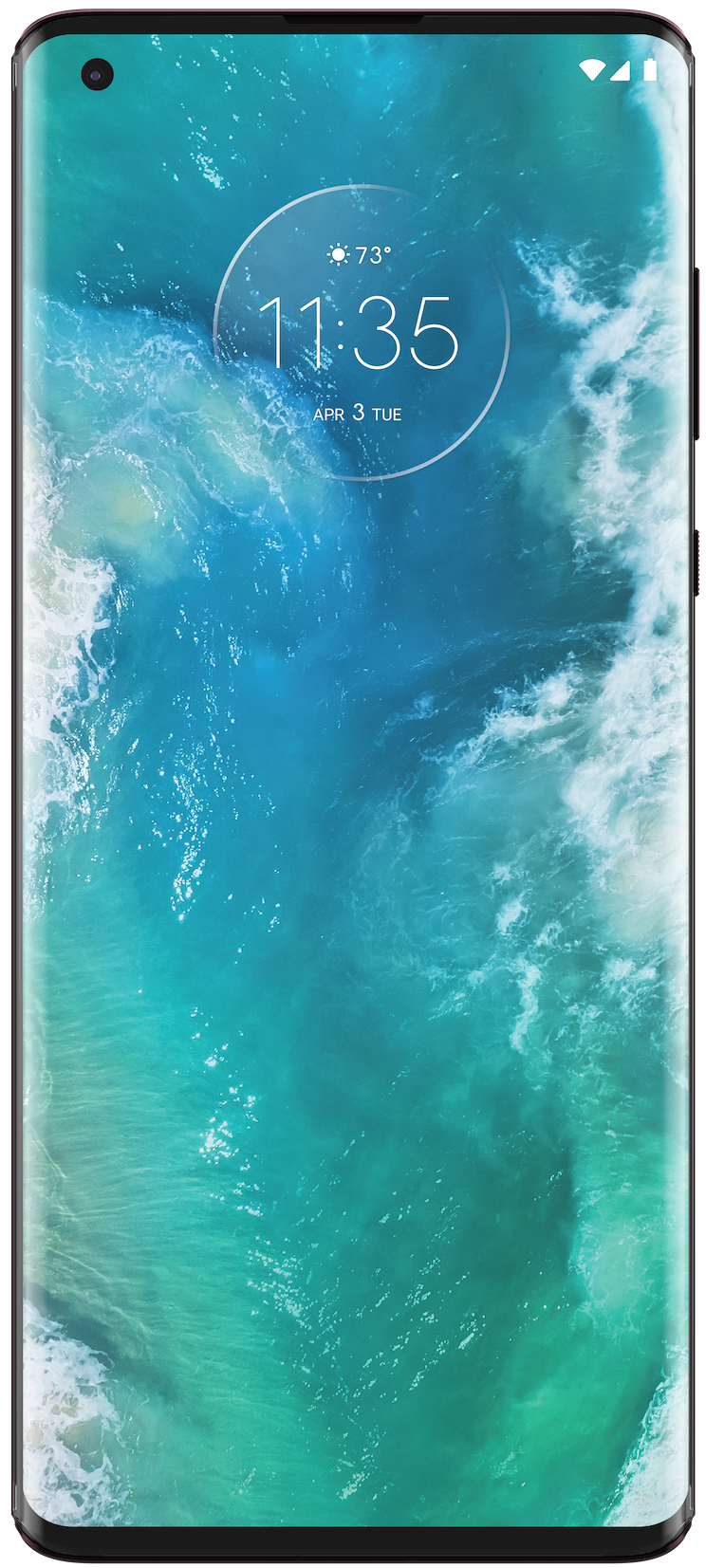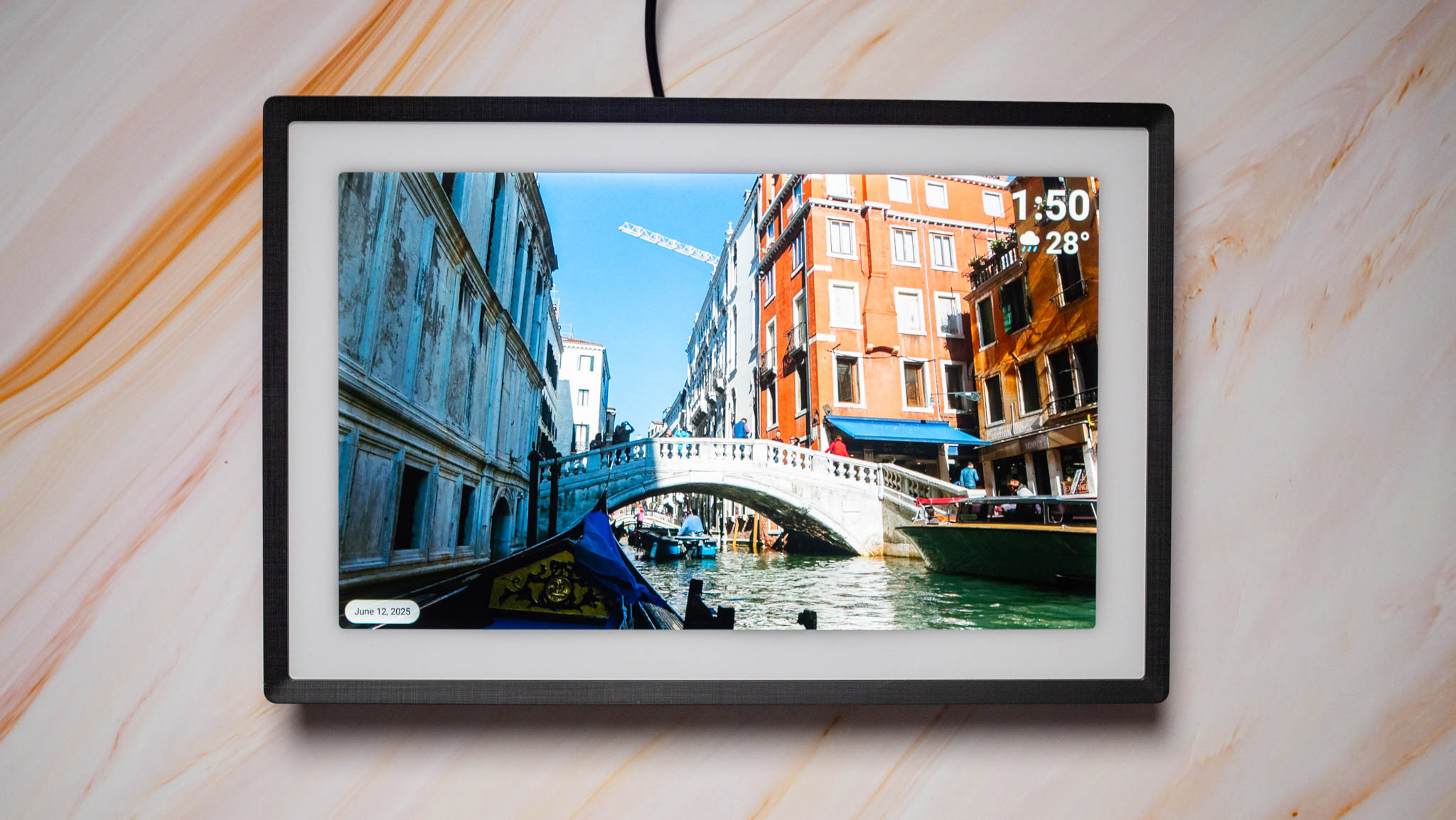Verizon expected to spend $16 billion on C-band spectrum to fix its 5G network

What you need to know
- The FCC is auctioning 280MHz of C-band spectrum starting this week.
- The spectrum spans 5,684 licenses between 3.7GHz and 3.98GHz valued at up to $51 billion.
- Verizon plans to bid on 100MHz of the spectrum to acquire valuable midband 5G spectrum and bolster its 5G network, according to industry analysts.
What may turn out to be the FCC's biggest spectrum auction ever kicks off December 8, and analysts expect Verizon to come out as the big winner. The huge swath of the C-band spectrum is valued between $35 to $51 billion and could give smaller telecom companies a big boost to a fledging 5G network as well as provide much-needed midband spectrum for Verizon and AT&T.
The list of companies bidding includes names like Comcast, Charter Communications, US Cellular, and Dish along with the big 3 U.S. telecom giants. Estimates say Verizon will win 100MHz (valued at $16 billion) of spectrum, AT&T will win 80MHz (valued at $12 billion), and T-Mobile will bid and win 60MHz valued at $10 billion. Dish Network is also expected to bid, and we expect any spectrum it wins to sit unused with the huge amount of low-band and midband spectrum it already owns and hasn't yet offered commercially.
There is a reason these companies are willing to spend so much on the midband spectrum: better 5G. Midband (between the lowband spectrum up to 600MHz and the mmWave bands above 28GHz) spectrum has the qualities both carriers and customers want to see from 5G service, namely, fast speeds and long-distance transmission.

Midband 5G can deliver speeds well above what we're used to seeing from LTE and do it about 75% further than mmWave. Having 100MHz of midband spectrum means a carrier has the ability to transmit a lot of fast data without putting in a small-site mmWave cell "tower" on every city block. All of the big 3 carriers are well-equipped when it comes to lowband spectrum and are busy repurposing existing LTE service nodes over to the new standard, but T-Mobile is the only company that already has a large block of 2.5GHz midband spectrum thanks to the Sprint acquisition earlier in 2020.
Midband spectrum is what gives T-Mobile the advantage when it comes to 5G coverage. This auction will level the playing field.
While this puts T-Mobile at an advantage today, this auction will level that playing field and we'll see all three carriers have an ample supply of lowband and midband spectrum in addition to mmWave frequencies. But a carrier needs more than the spectrum, and the costs of rolling out new equipment are substantial. The billions spent in acquiring the right to use the frequency is only the beginning.
There are costs for consumers, too. Outside of the inevitable rate changes and bill increases to offset the carrier costs of a new and expensive network, to take advantage of any of this means you need a phone that can use the new bands. Right now the only phone that can take advantage of the 3.7GHz to 3.98GHz spectrum being auctioned is the iPhone 12. Expect to see phones sold in 2021 to offer more 5G bands enabled as carriers expand their networks.
The auction kicks off December 8, 2020, but don't expect it to be finished anytime soon. These sorts of auctions often take six months or more to complete and as bids are announced each round companies are quick to raise their own bid to stay competitive. The earliest any network operator could deploy any of this spectrum in late 2021.
Get the latest news from Android Central, your trusted companion in the world of Android

Jerry is an amateur woodworker and struggling shade tree mechanic. There's nothing he can't take apart, but many things he can't reassemble. You'll find him writing and speaking his loud opinion on Android Central and occasionally on Threads.

